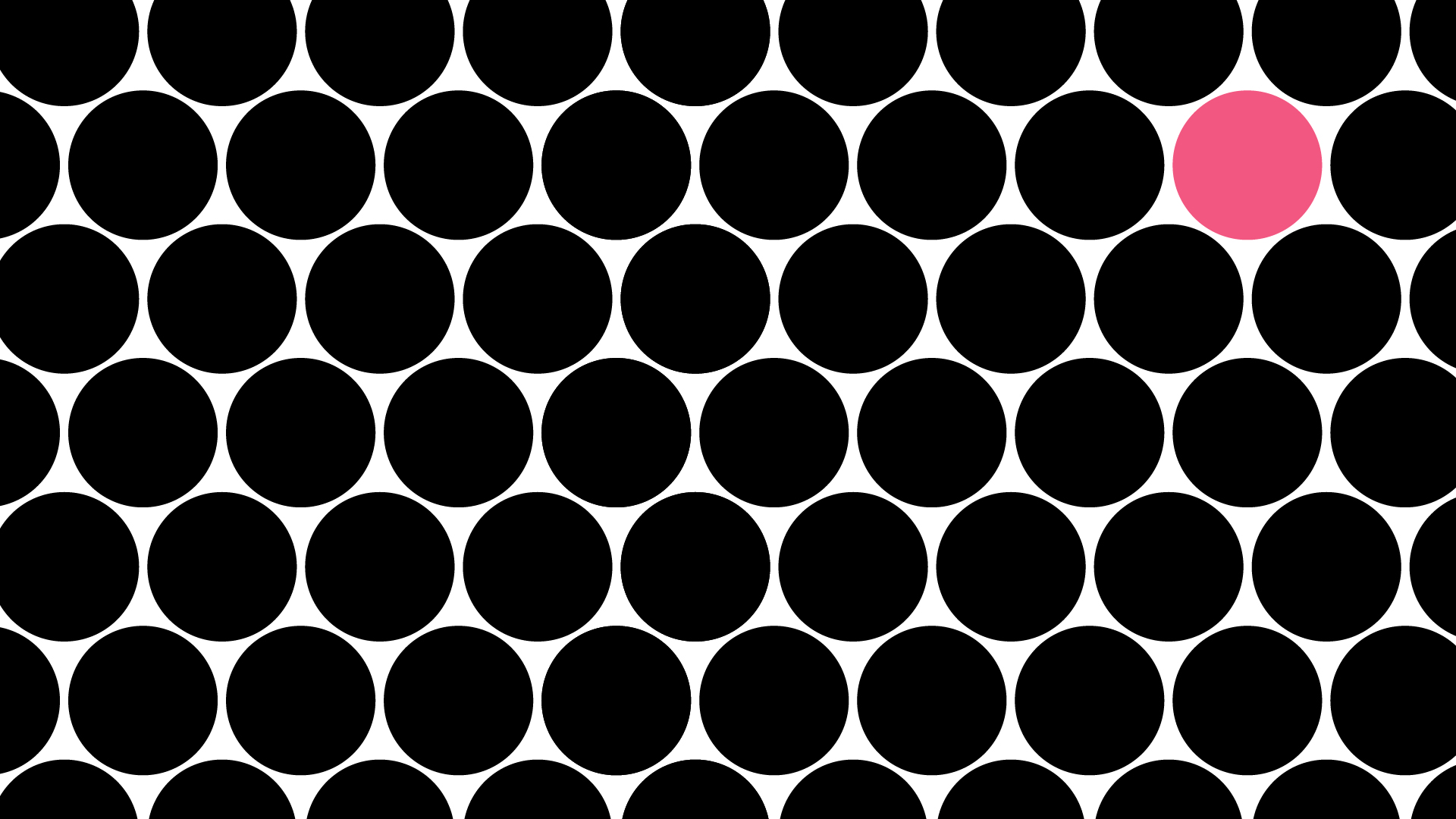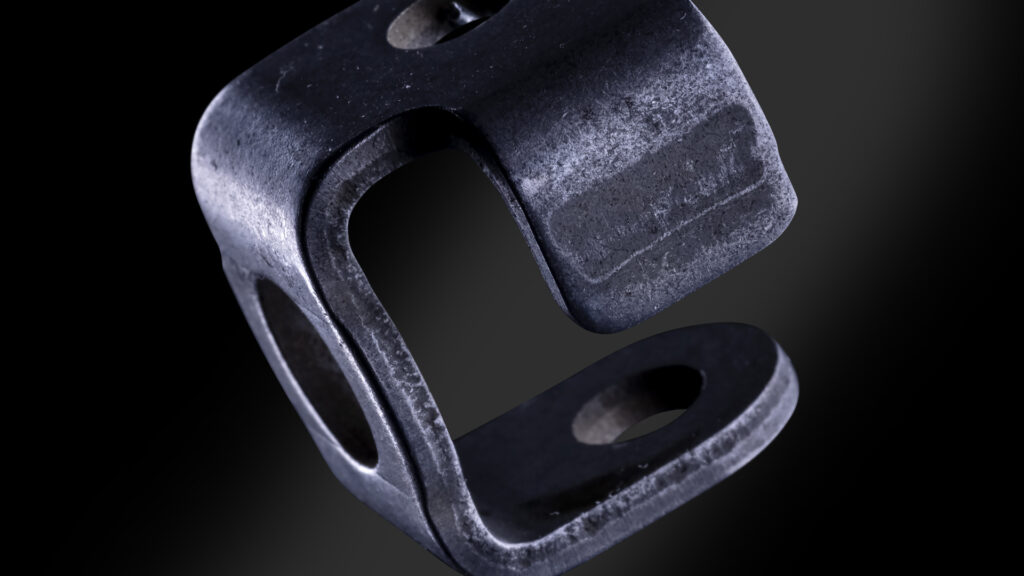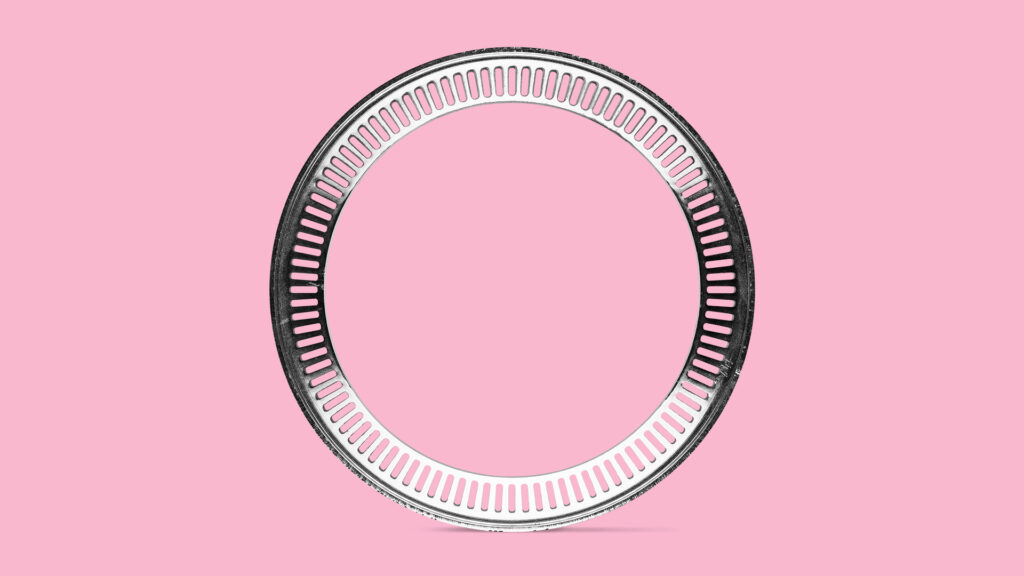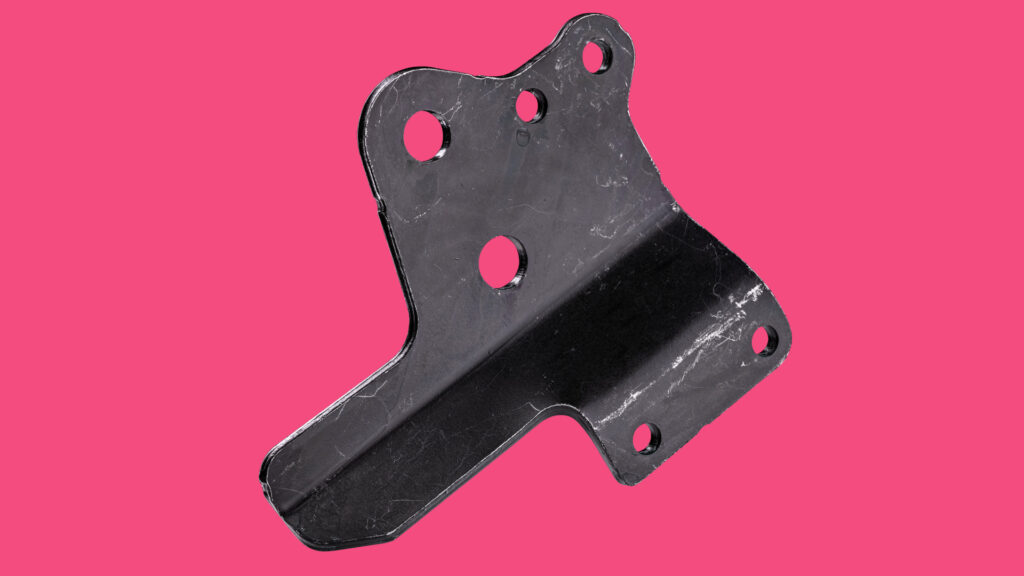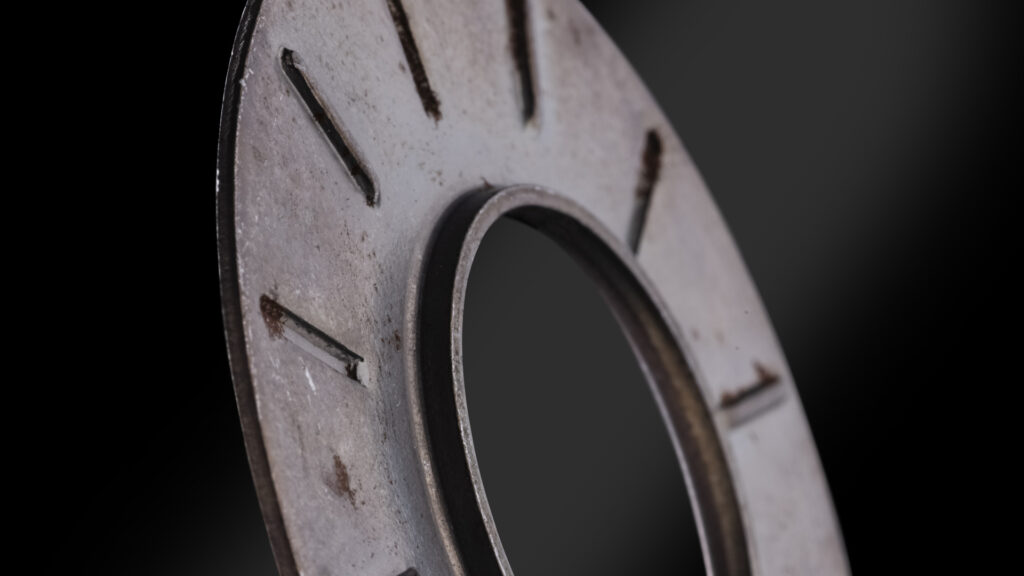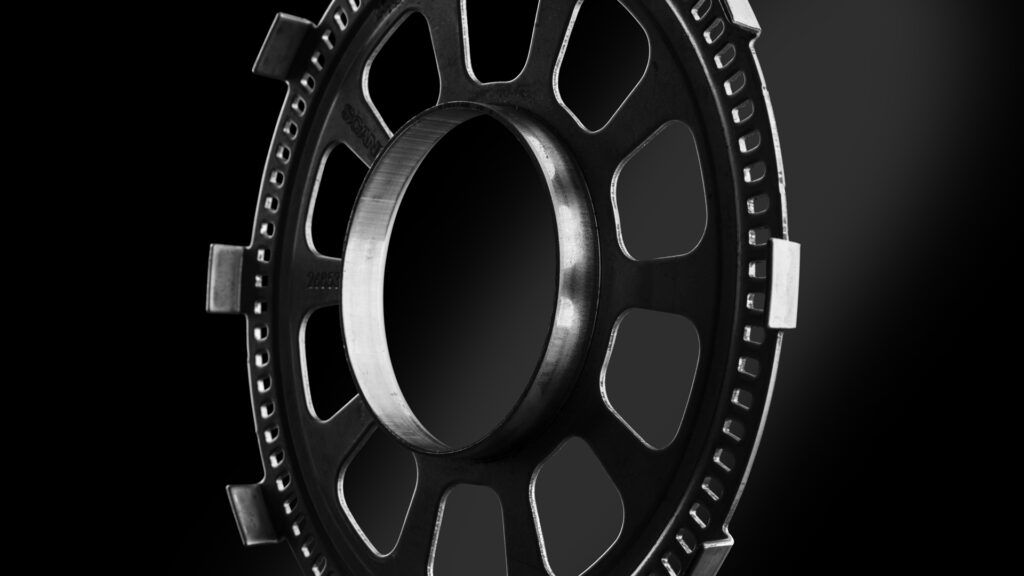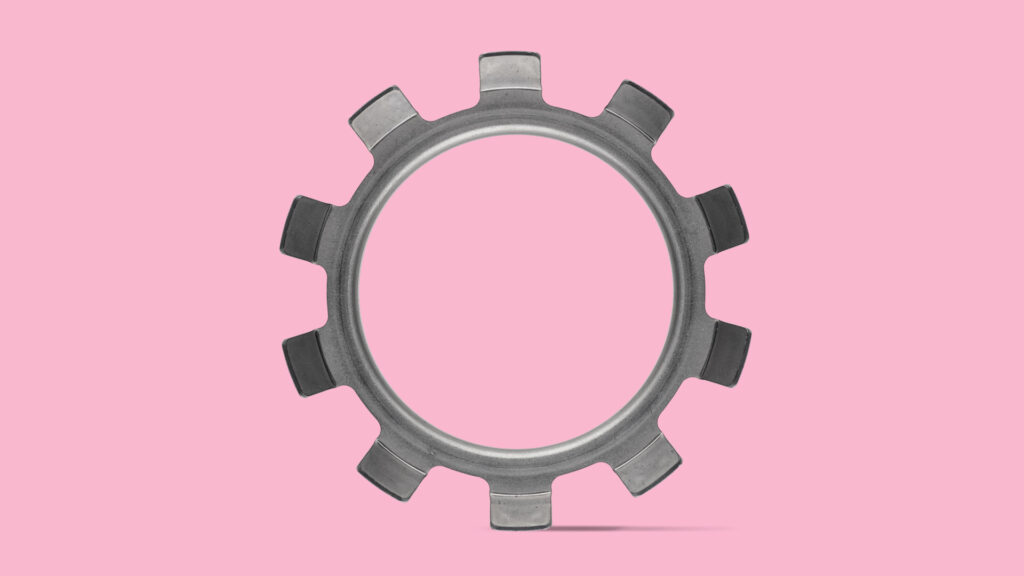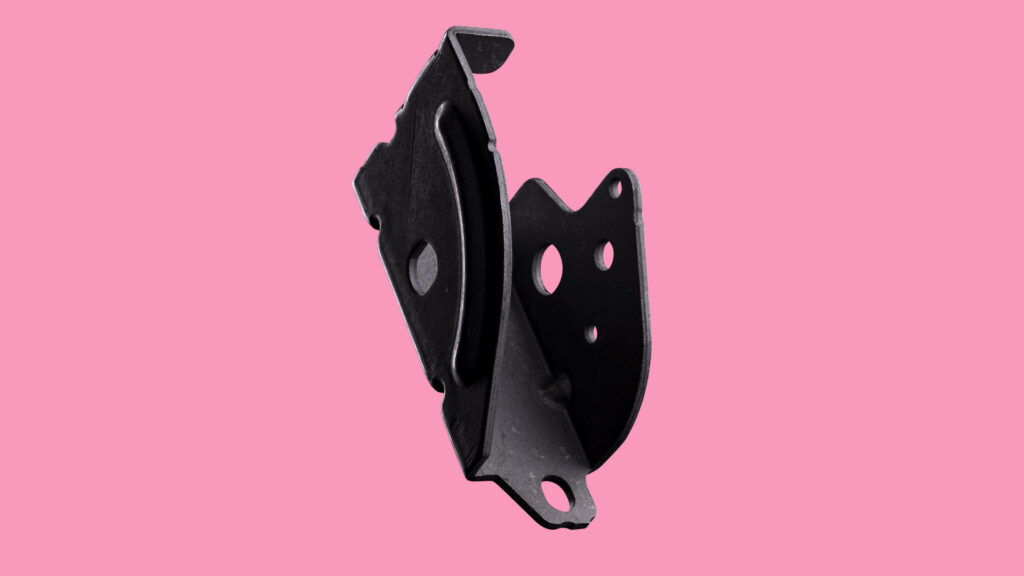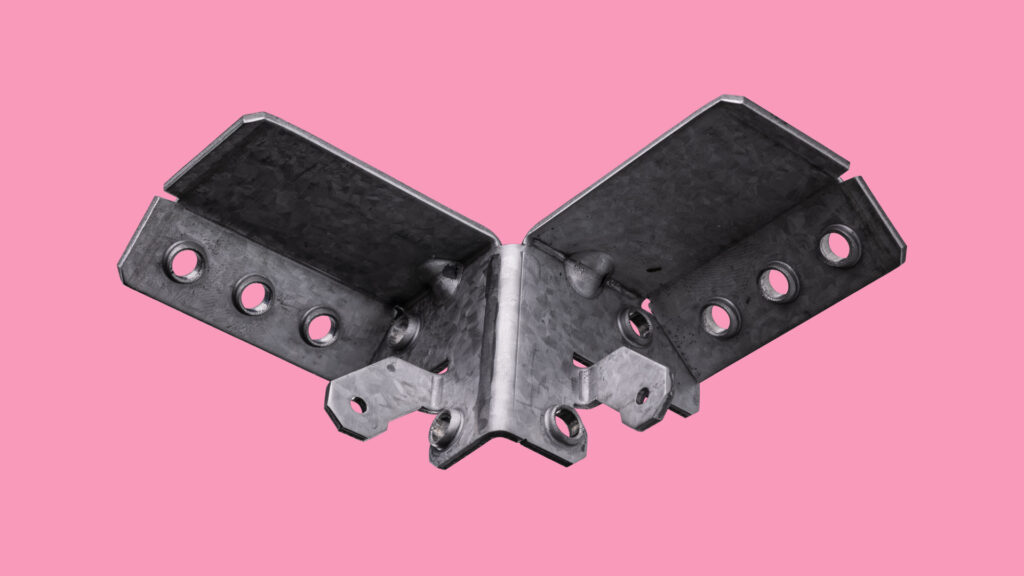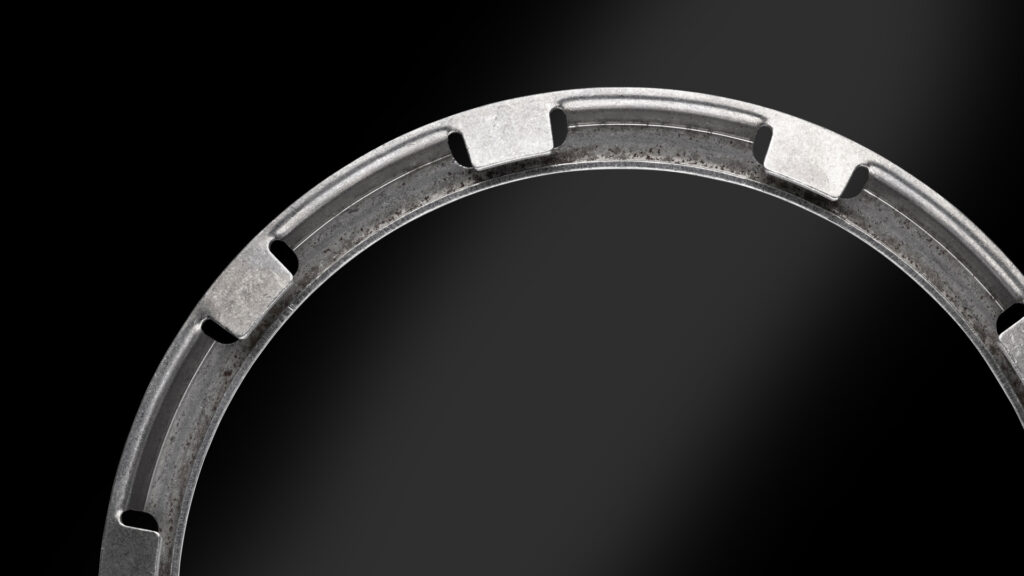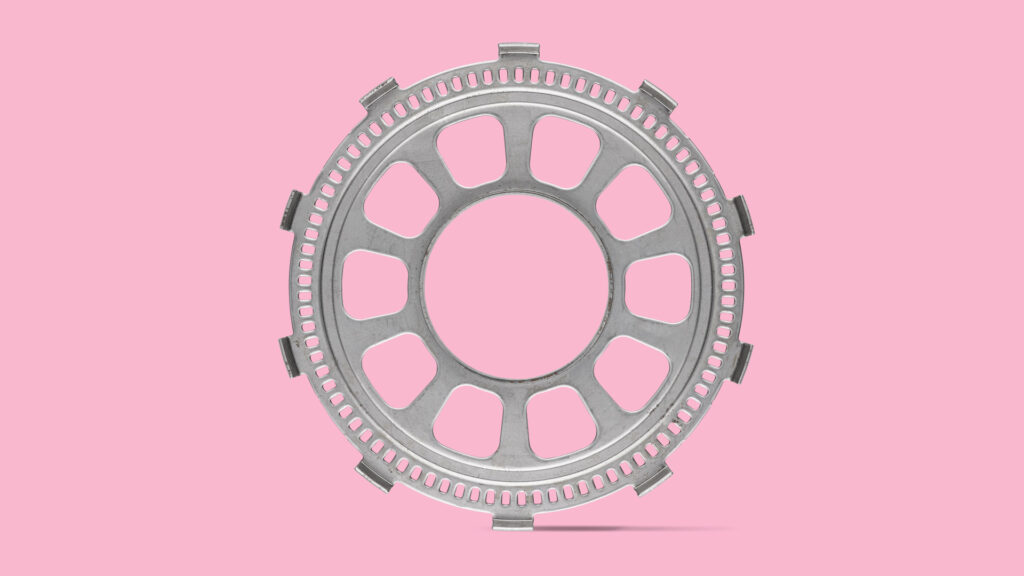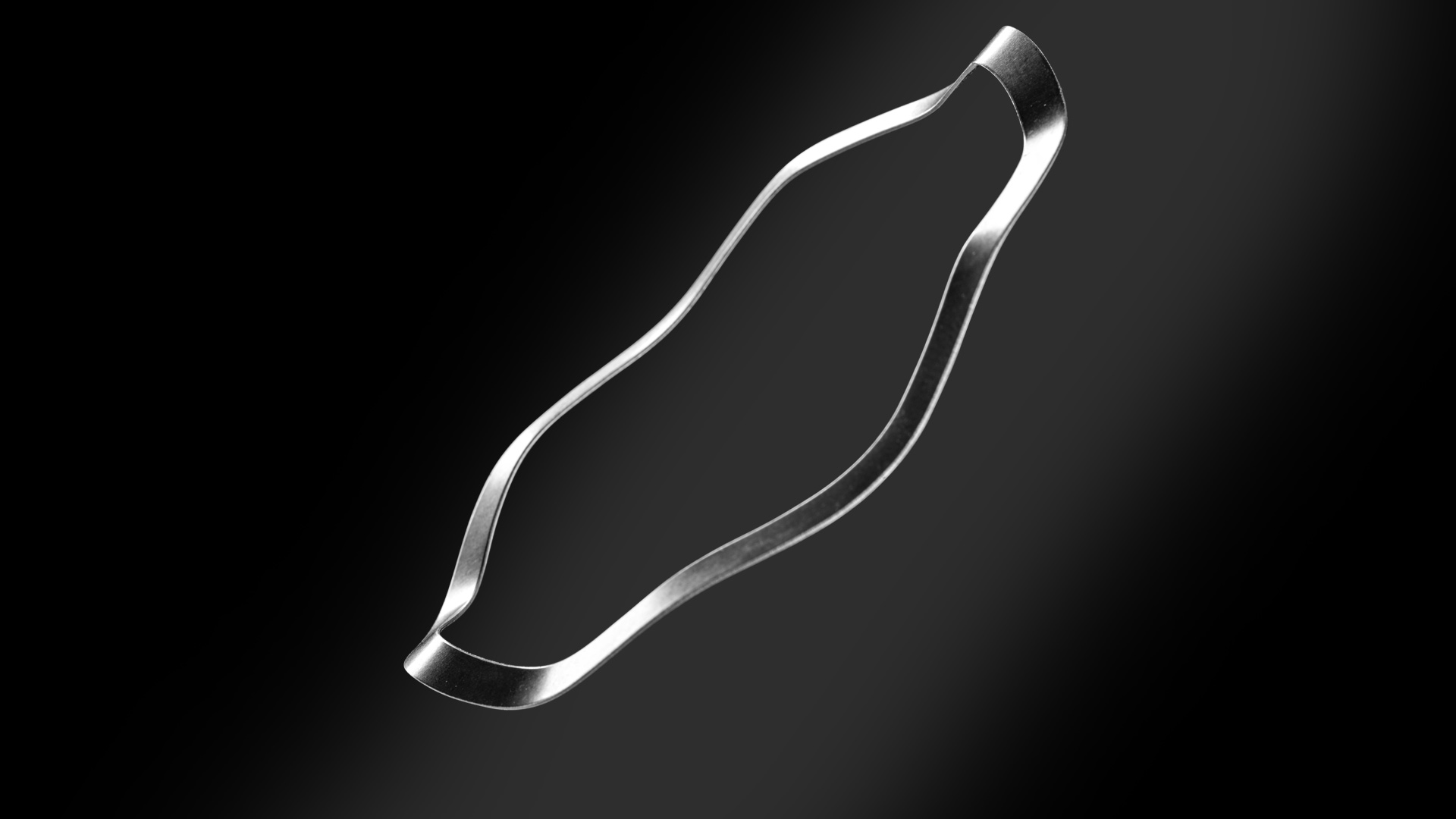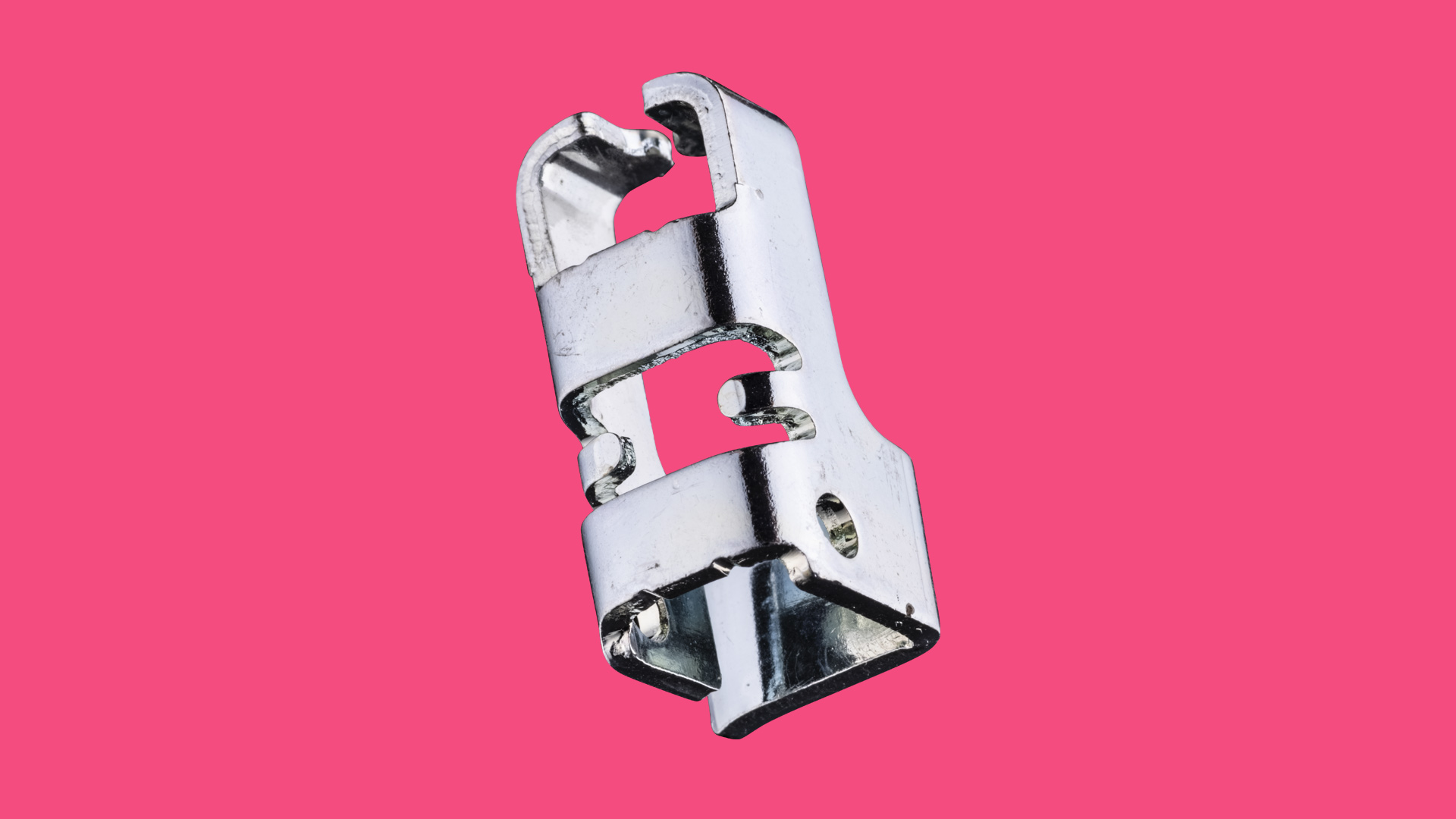Hydraulic presses are often the first choice when flexibility and high pressing force are required. Oil-filled cylinders provide infinitely variable force control and long stroke, making them ideal for everything from thin aluminum to high-strength steel over 1,500 MPa. They handle complex deep-drawing operations with smooth, controlled motion, but have a lower stroke rate and require more maintenance than mechanical alternatives.
Mechanical eccentric and toggle presses store energy in a flywheel and deliver a firm, fast stroke-perfect for mass production of flat parts with simple geometry. They are energy efficient and can run many times more strokes per minute than hydraulic presses, but lack the variable stroke profile needed for advanced benders. Servo-electric presses combine the best of both worlds: programmable stroke curve, low energy consumption and minimal maintenance. However, they are limited by lower tonnage and higher investment per ton. The choice therefore depends on the mix of materials, tolerance requirements and volume: hydraulics for a wide range of materials and high forces; mechanics for high piece counts; servo where precision, energy savings and durability are key.

